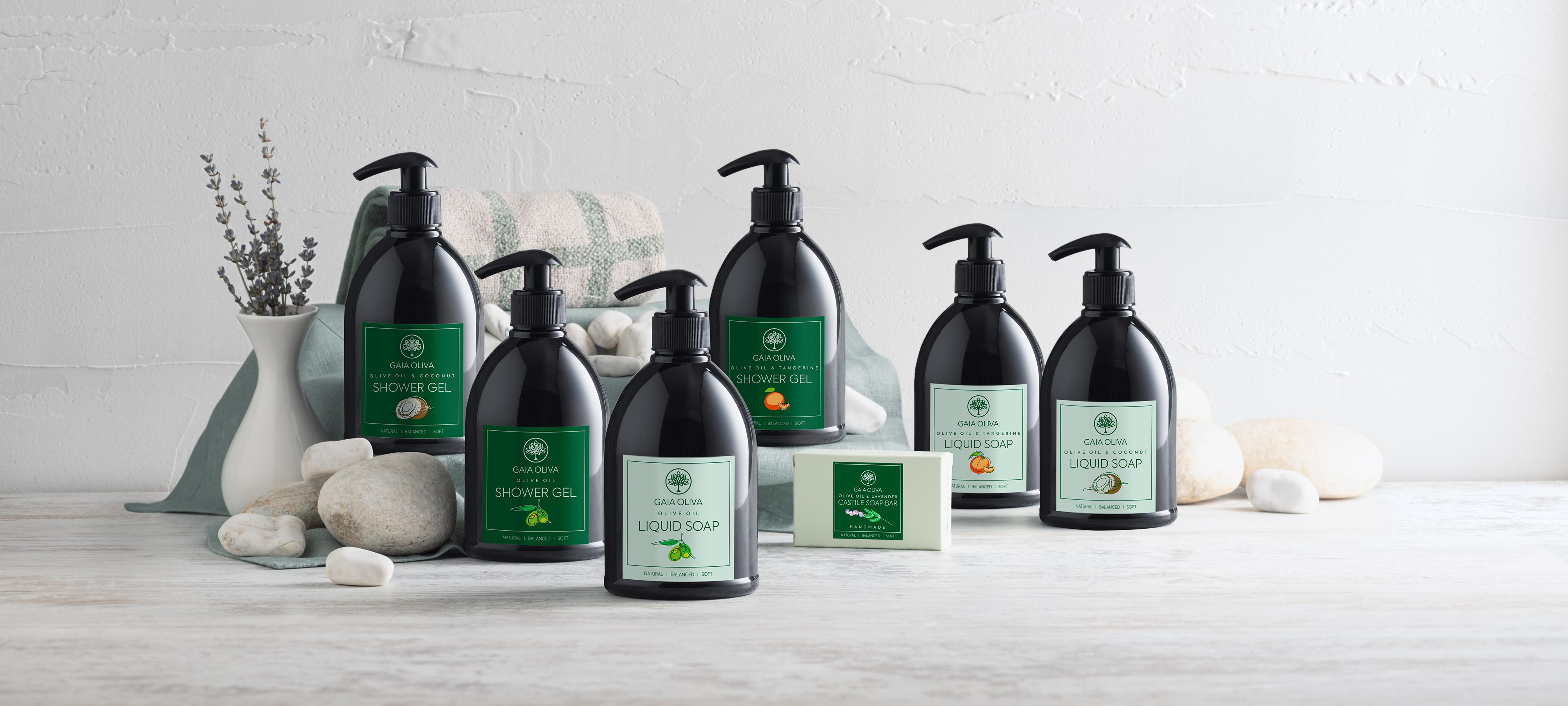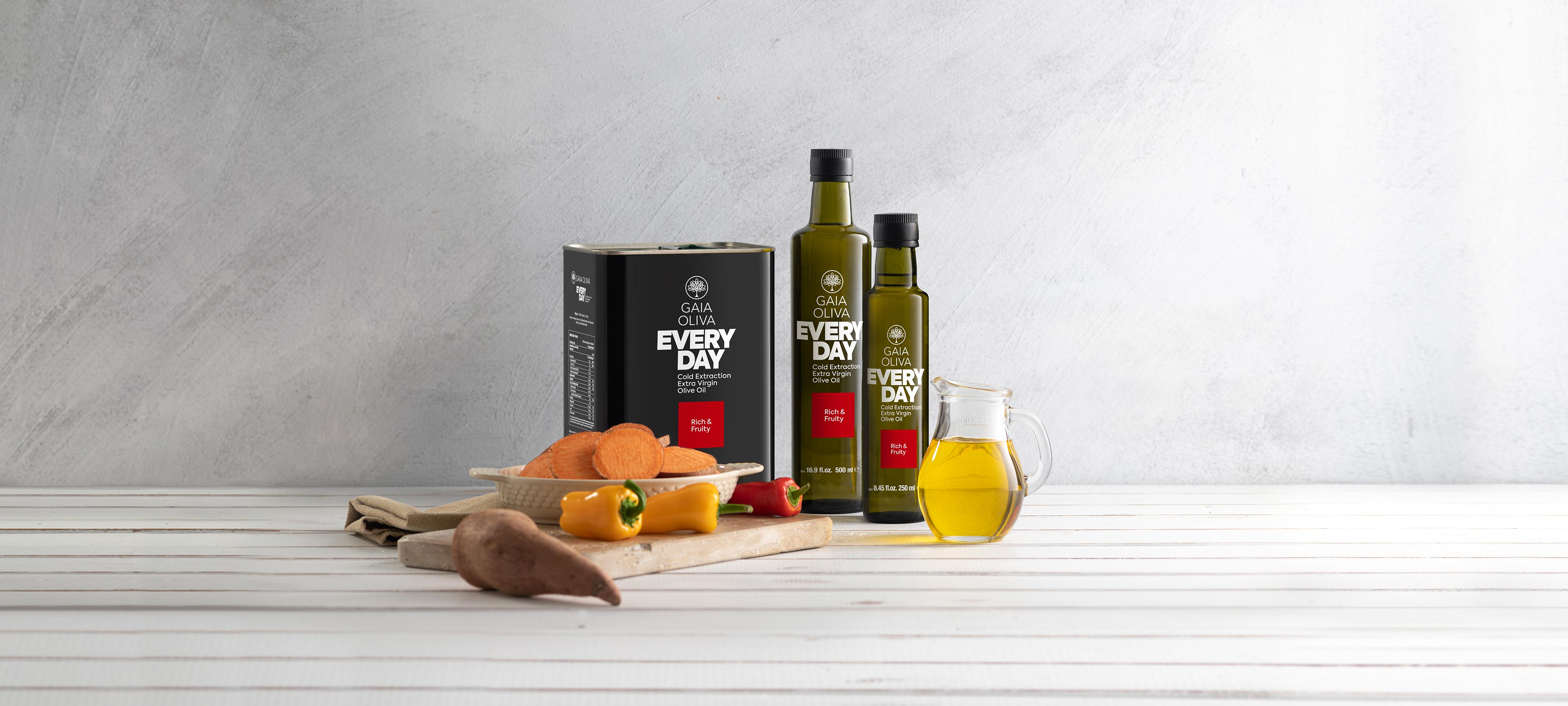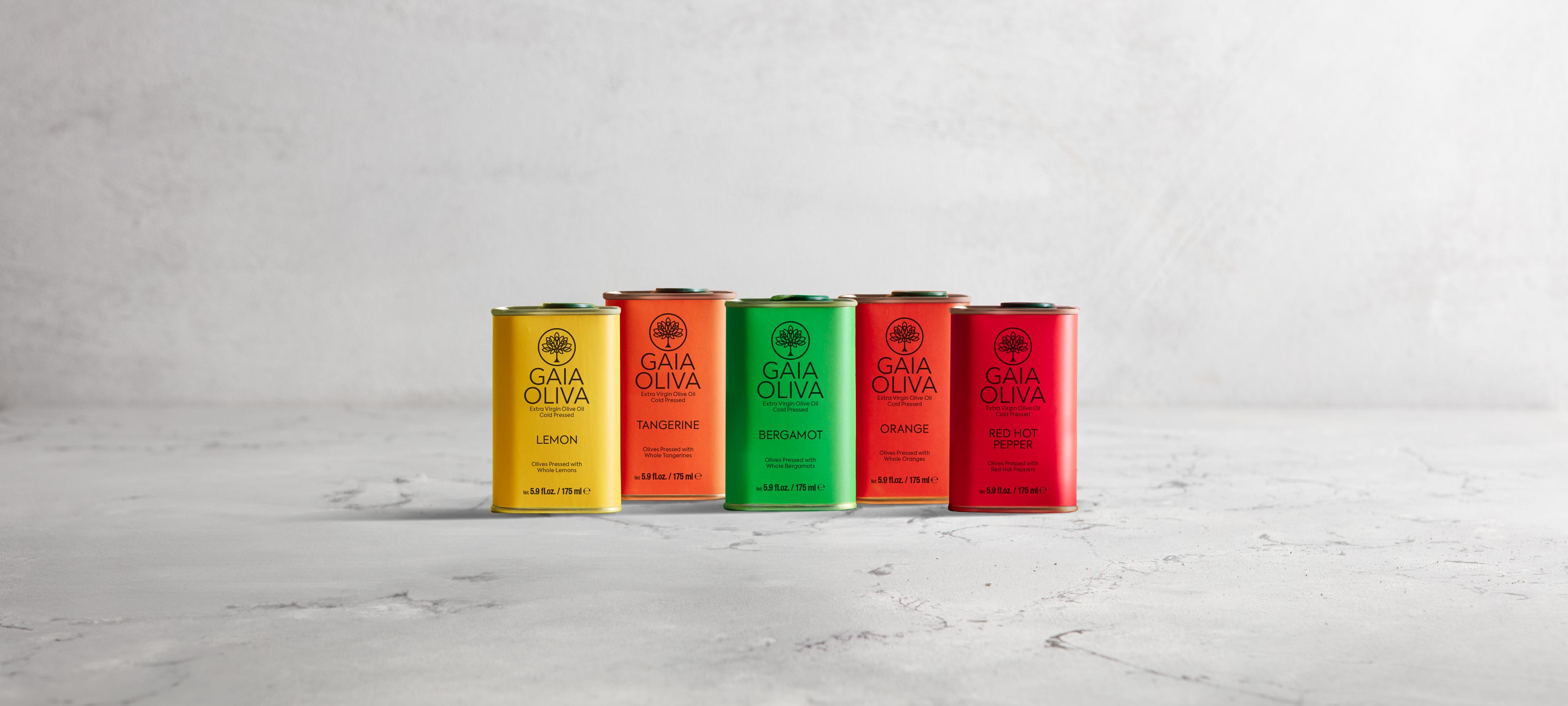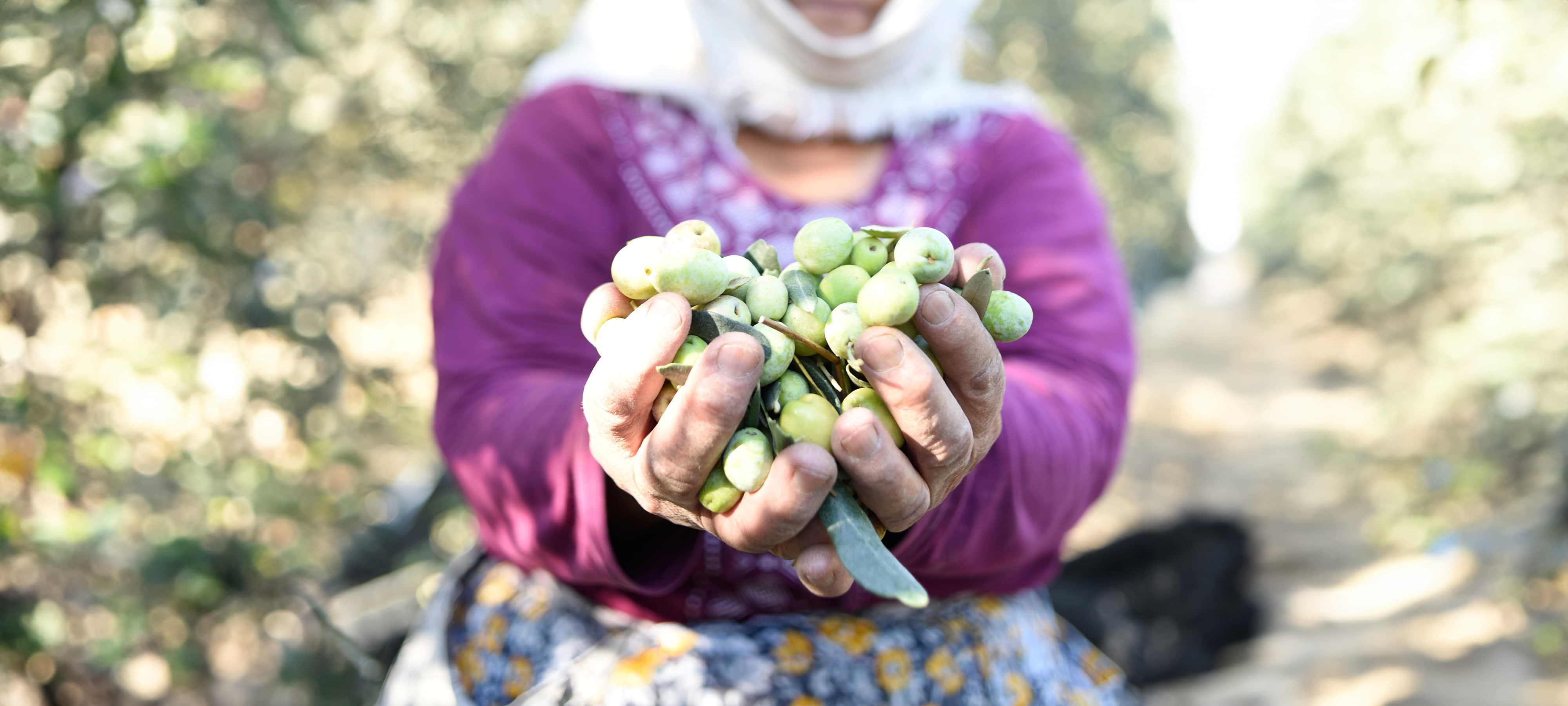From Harvest to Table: The Journey of Olive Oil Production
Olive oil is often simply described as "a healthy oil obtained by crushing olives." At first glance, producing olive oil might seem as straightforward as squeezing juice from a fruit. However, the reality is far more complex. The journey of olive oil starts the moment the olives are harvested, and involves numerous meticulous stages. The quality of the final product is significantly influenced by how the olives are collected, swiftly transported, and processed with care. Each step in this intricate process is crucial to ensuring that the olive oil retains its exceptional flavor and nutritional benefits.
Going even further back, good agricultural practices, as well as the soil and climate characteristics of the region where the olives are grown, play a crucial role in olive oil production. To produce high-quality olive oil, every detail matters—from the initial cultivation to the final product. Therefore, the process isn't just from harvest to table, but from seed to table, encompassing all production stages.
The growing conditions of olives involve numerous variables. To ensure consistent quality, it's essential to follow strict standards from harvesting to the extraction of the oil. Let’s explore the meticulous steps that bring olive oil to our tables in all its natural glory.

HOW IS OLIVE OIL OBTAINED?
In old movies set in the Mediterranean region, you can often see the traditional methods of olive oil production. Olives in sacks are crushed by foot, or large millstones turned by animals press the olives. Today, while these processes have been modernized and take place in factories, the fundamental steps remain the same: cleaning the olives, crushing them into a paste, kneading, and separating the bitter water and pulp to extract the precious oil.
All these steps occur within a continuous system, meaning that every stage—from cleaning the olives to extracting the oil—is carried out by machines. This automation ensures that the olives have minimal exposure to air, resulting in olive oil with a low acid content. Additionally, immediate processing after harvest reduces the risk of olive spoilage, ensuring hygiene, quality, and efficiency.
So, can olive oil be made at home? The meticulous processes involved in true olive oil production require a standardized system, making home production not very feasible. However, understanding these stages helps you become a more informed consumer. By learning how olive oil is obtained through the continuous system, you can appreciate the craftsmanship and effort that go into producing high-quality olive oil.

OLIVE HARVEST
The olive oil production process actually begins in the soil, not just in the factory. Olives must be carefully picked at the right time and swiftly transported for oil extraction. The month of October marks the beginning of this enjoyable hustle. Depending on the region, olive harvesting starts in October when olives are still green, meaning they are not fully ripe. Early harvest olive oil, rich in polyphenols, is obtained from these green olives.
By November, the olives mature and turn a dark color ranging from purple to black. During this ripening period, the oil content of the olives also increases. These ripe olives are then transferred to the factory to produce mature harvest olive oil, also known as late harvest olive oil.

SORTING AND WASHING THE OLIVES
From this stage onwards, the continuous system involving machinery takes over. The olives are transported via a conveyor belt to a section where air is blown to remove any pebbles, leaves, and branches that may have mixed in during the harvest. This process ensures that these materials do not negatively affect the taste and quality of the olive oil.
Next, the dry-sorted olives are transferred via another conveyor belt to a washing chamber. Here, they are cleaned with high-pressure water sprays and then dried with fans.
CRUSHING THE OLIVES
In the past, olives were ground with millstones, but today they are crushed and ground with stainless steel rollers. This process not only extracts the oil but also prepares the olives for the next stage, malaxation. The olive pits are crushed together with the flesh to break down plant tissues and release the oil. The resulting olive paste is then ready for malaxation, or kneading.
KNEADING THE OLIVE PASTE
To facilitate the extraction of olive oil, the olive paste is transferred to a kneading machine where it is agitated for an average of 20 to 45 minutes. If the water temperature during this process is kept below 80.6 degrees Fahrenheit, the resulting oil is called cold-pressed olive oil. If water above 80.6 degrees Fahrenheit is used, the resulting oil is hot-pressed olive oil.
Cold-pressed olive oil is ideal for preserving the quality and nutritional value of the oil. For more detailed information about cold-pressed olive oil, you can read our article "Olive Oil Selection Guide: What Are the Differences Between Hot and Cold Pressing?"

SEPARATING THE PASTE
At this stage, the golden liquid begins to reveal itself. The olive paste consists of the pulp, oil, and bitter water all mixed together. The separation process involves extracting the paste from the bitter water and oil.
In the past, this stage was accomplished by applying pressure to the olives using presses, essentially crushing them. Modern production systems, however, utilize a decanter, which efficiently separates the solid matter from the liquid.
SEPARATING THE OIL
The remaining mixture of oil and bitter water is then transferred to a centrifuge. This device separates the bitter water from the oil, leaving behind pure olive oil, which can vary in color from golden to green.

FILTERING THE OLIVE OIL
You may have heard the term "unfiltered olive oil." This refers to olive oil that still contains its natural sediments. To achieve a bright and smooth appearance, the freshly extracted olive oil is passed through filters, removing any remaining sediments. Filtering is beneficial because sediments can increase the acidity level, making filtered olive oil a preferable choice for quality and taste.
QUALITY CONTROL OF OLIVE OIL
Before reaching our tables, olive oil undergoes rigorous quality control tests. These include sensory evaluations such as color, aroma, and taste, as well as laboratory tests for acidity level and polyphenol content. Both types of controls are essential to ensure the quality and purity of the olive oil.
Only oils that pass all quality controls are bottled. To protect the oil from the oxidative effects of light, which can increase the acidity level, dark-colored bottles are used.
For high-quality olive oil that has undergone meticulous quality control, explore Gaia Oliva's gourmet olive oil varieties. Gaia Oliva produces olive oils with exceptional tasting notes from olives carefully harvested from a single region.
To achieve the highest quality of this pure flavor, MoriTem technology is utilized in production. By incorporating regional flavors such as Ayvalik, Memecik, and Trilye, you can add unique aromas to your dishes.










Leave a comment